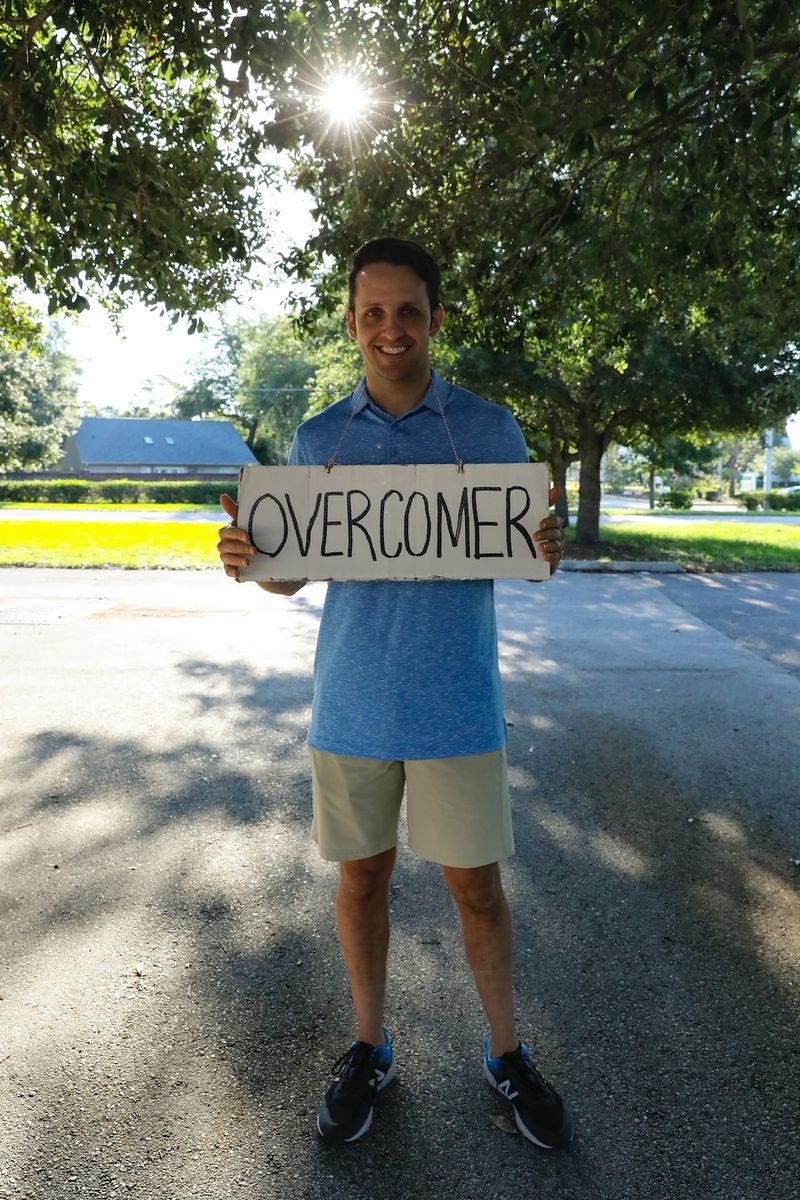Québécois Engineer Warned of Submarine Dangers Near Titanic in 2018
The Alarm Bell That Went Unheard
A Quebec-born engineer and expert in submarine construction had already sounded the alarm in 2018 about the dangers associated with OceanGate’s submarine, which has gone missing while exploring the wreckage of the Titanic. William Kohnen, who studied at McGill University in Montreal and grew up in Saint-Hyacinthe, had raised his concerns with OceanGate’s owner, Stockton Rush, in a letter and phone call on behalf of the Marine Technology Society.
Troubled Waters
In 2018, Kohnen had warned OceanGate that their submarines would not pass a regular inspection. However, his concerns were dismissed, with the company citing time and cost constraints. While certification for submarine safety is not mandatory, Kohnen emphasizes that other companies choose to obtain third-party certification voluntarily. OceanGate, on the other hand, operates in international waters, where Canadian and US rules do not apply.
Lessons from History
Kohnen notes that the submarine industry has not seen such a catastrophe since at least 1975. He hopes that this incident will prompt OceanGate to reassess its practices and prioritize safety.
Editorial: Prioritizing Safety in Underwater Exploration
The recent disappearance of the OceanGate submarine near the Titanic raises important questions about the safety standards and certifications in the submarine industry. It is crucial for companies to prioritize the safety of their vessels and crew, especially when conducting exploratory missions in dangerous environments like underwater wrecks.
While it is true that obtaining third-party certification can be time-consuming and expensive, it is a necessary step to ensure the reliability and fitness for purpose of submarine technology. The case of OceanGate serves as a wake-up call for all companies in the industry to reconsider their approach to safety.
Certifications not only guarantee adherence to industry standards but also provide peace of mind for passengers and crew members. They can instill confidence in the public that their lives are in capable hands and that every effort has been made to mitigate risks. Moreover, certification can help prevent disasters by identifying potential hazards and ensuring they are addressed before launching expeditions.
As the submarine industry evolves and more companies venture into underwater exploration, it is crucial that regulations keep pace with technological advancements. Industry organizations, in collaboration with regulatory bodies, must continuously review and update safety guidelines to address emerging risks and challenges.
Moreover, international cooperation is essential to ensure consistency and uniformity in safety regulations across borders. The OceanGate incident highlights the need for global standards, as companies operating in international waters can exploit legal loopholes and bypass safety requirements.
The Quebec-born engineer, William Kohnen, who raised concerns about OceanGate’s submarine, should be commended for his vigilance and dedication to safety. His actions serve as a reminder that individuals within the industry can make a difference by speaking up and holding companies accountable.
Advice: Prioritizing Safety in Underwater Exploration
For Submarine Companies
1. Take safety seriously: Prioritize safety over expedience and cost. Invest in rigorous testing, thorough inspections, and third-party certifications to ensure that your submarine meets the highest safety standards.
2. Collaborate with industry experts: Engage with engineers, researchers, and other professionals in the field of submarine technology to gain insights into potential risks and how to mitigate them.
3. Stay up-to-date with regulations: Monitor and comply with national and international regulations pertaining to submarine operations. Participate in industry organizations and contribute to the development of safety guidelines.
For Regulatory Bodies
1. Regularly review and update safety regulations: Stay abreast of technological advancements and emerging risks in the submarine industry. Adapt regulations accordingly to ensure the highest level of safety for both crew and passengers.
2. Foster international cooperation: Collaborate with regulatory bodies from different countries to establish global safety standards that apply to companies operating in international waters. Minimize legal loopholes that can compromise safety.
3. Encourage transparency and accountability: Encourage companies to share safety records and undergo independent audits. Establish mechanisms for reporting and addressing safety concerns raised by industry professionals.
The OceanGate incident reminds us of the importance of prioritizing safety in underwater exploration. By adopting strict safety measures and adhering to international regulations, we can prevent future tragedies and ensure the well-being of all those involved in submarine expeditions.

<< photo by Francesco Ungaro >>
The image is for illustrative purposes only and does not depict the actual situation.
You might want to read !
- Exploration éditoriale: Un guide complet sur le solstice d’été 2023
- Tragic Loss in the Tour de Suisse: Gino Mäder Dies Following Thursday’s Fall
- Dozens Hurt in Central Paris Gas Blast: Investigation Underway
- “Unlock the XDefiant Twitch Drop Rewards: Violet M249 & M870 Guide”
- Horrific Multi-Vehicle Crash Engulfs Highway 401 in Pickering, Forcing Closure
- “Gal Gadot Opens Up About Nerves and Dizziness During Filming: A Behind-The-Scenes Look”
- Untangling the Tragedy: Dissecting the Impact of Nathan Chasing Horse on Sonoma County Families
- Ottawa to Conduct Review of Canada’s Participation in China-Led Initiatives
- Louis Lacroix’s show welcomes cultural columnist – Editorial Exploration
- Le PQ refuse de s’associer à Émile Bilodeau pour le spectacle de la Fête nationale: une décision politique controversée
- Émile Bilodeau on the Plains on June 23: PQ Uncomfortable, Refuses Support for …
Quebec Singer’s Performance at Political Rally Sparks Controversy
- LHJMQ 2023 Draft: Attackers Reign Supreme at Auction
- “Aryna Sabalenka’s Semifinal Exit at Roland-Garros Highlights Need for Adaptability on Clay Courts”




